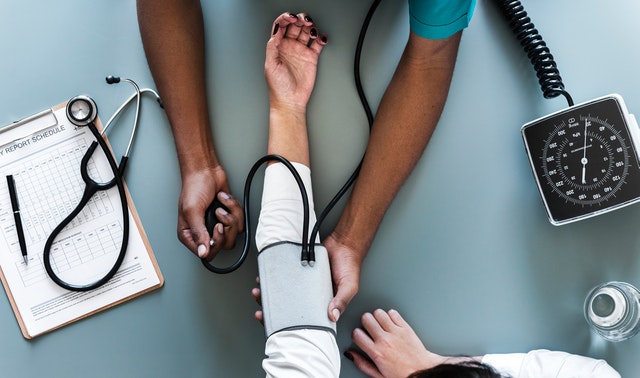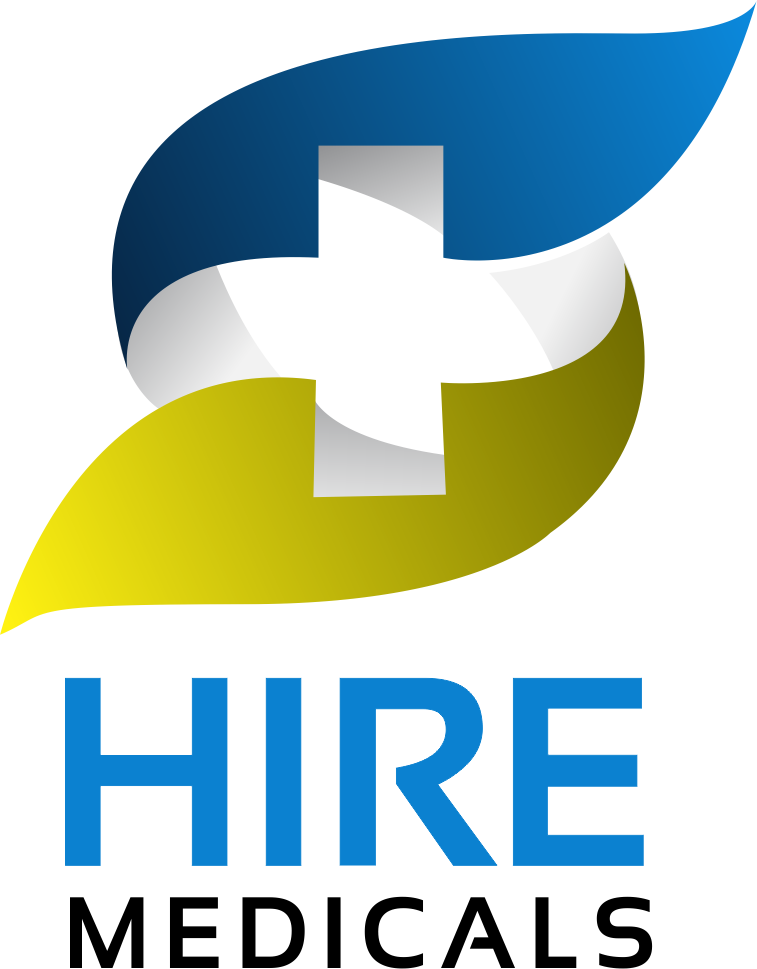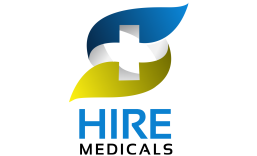
24 Aug 7 BEST PRACTICES FOR PATIENT SAFETY
For the past few decades, the healthcare sector has consciously focused on building a foundation for the advancement of patient safety.
Several practices have evolved, based on evidence, to solve patient safety issues in hospitals and health centers. A lot of these practices are basic and must remain at the forefront of healthcare personnel’s working methods, procedures and routines at all times.
Below are some of the top practices to ensure the safety of your patients, as a worker in the healthcare sector.
1. CORRECTLY IDENTIFY PATIENTS
At least two pieces of information must be known prior to the administration of medicines or treatments to patients – their name and their date of birth. This is to ensure they receive the intended care and treatments. The patient’s blood type must also be verified, if a blood transfusion is necessary.
2. CHECK THE SPREAD OF INFECTION
Hands should be washed and sanitized before and after any type of patient contact. Studies have shown that the most commonplace complication in hospitals is related to infections. Almost two million patients are affected by healthcare-associated infections each year, of which an estimated 99,000 result in death.
3. HANDLE MEDICINES WITH CARE
All drugs, including those in cups, basins and syringes, must be properly handled and properly labeled. Extra care must be taken in relation to dosage and administration. There are millions of prescription drugs on the market, and so the possibility of error is significantly high, owing to confusing branding and use of generic names and packaging. It is necessary to ensure proper administration and dosage of any medications, taking special care to minimize risk of drug interactions and complications.
4. APPLY GOOD PRINCIPLES IN HOSPITAL DESIGN
Patient injuries may be minimized by taking into account patient safety, equipment use, room design, and bathroom safety devices. Properly equipped nursing stations allow for easier access to and observation of patients. Equipment and processes which aide in monitoring patient safety help provide peace of mind to nursing staff, minimize injury and may even reduce insurance costs.
5. SET UP BETTER TEAMS AND SYSTEMS FOR SPEEDY RESPONSE
Everyone on the medical team, including junior members, should be encouraged to speak up. Hierarchy is often a serious barrier to good communication on many healthcare teams, and this is too great a risk to take. Every member of the team should be passionate about patient safety and response- and result-oriented.
6. PROMOTE A FREE COMMUNICATION CULTURE
Mistakes can be minimized by ensuring proper communication among doctors, nurses and other healthcare professionals. Interactive sessions should be held, in which staff is required to learn and implement emergency protocols necessary to prepare for ever-evolving clinical circumstances. This way, medical staff is fully prepared, from a team aspect, to face any emergency situation with confidence and efficiency.
7. AVOID SURGICAL ERRORS
Wrong-site, wrong-person or wrong-procedure errors are mistakes that medical personnel simply cannot afford to make. Unfortunately, these cases abound. An effective preventive strategy, as proposed by the World Health Organization (WHO), is known as “time-out,” and involves all the members of the team independently verifying an imminent clinical action before it is taken




No Comments